How to Draw Tears Digital Art
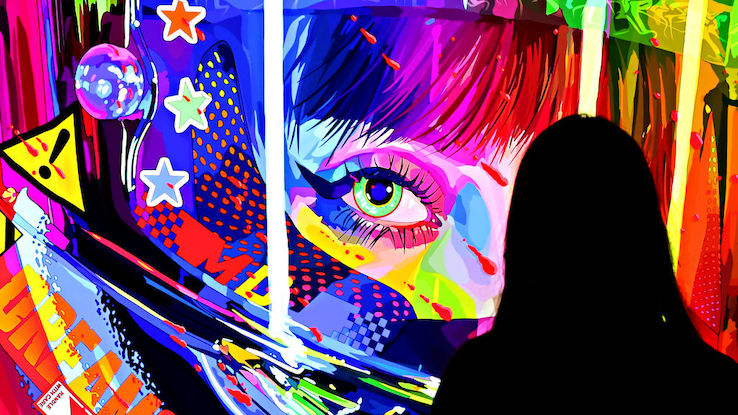
"Charlie bit me!" If you remember those words, you've probably been poking around on the internet long enough to see it go through some pretty big changes, from the advent of social media to the meteoric rise of cryptocurrency. And again, if you remember those words, you might be surprised to learn that the video they came from has recently been subjected to another internet-era innovation: the non-fungible token, or NFT.
NFTs like "Charlie Bit My Finger" (the video's official title) have taken the internet by storm lately, and the YouTube sensation is the latest in a long lineup of digital media to sell for "escalating prices" reaching far into the millions. But what exactly is this craze, and why are people suddenly so interested in purchasing these works of art that only exist in the digital realm? And, in perhaps an even stranger twist, why have NFTs already developed a "complex legacy of greenhouse gas emissions"? We'll fill you in on everything you need to know to stay in the NFT loop, including what they are, the controversies they've sparked and the different ways people are using (and even benefiting from) them.
What Are NFTs, and Why Are They Such a Big Deal?
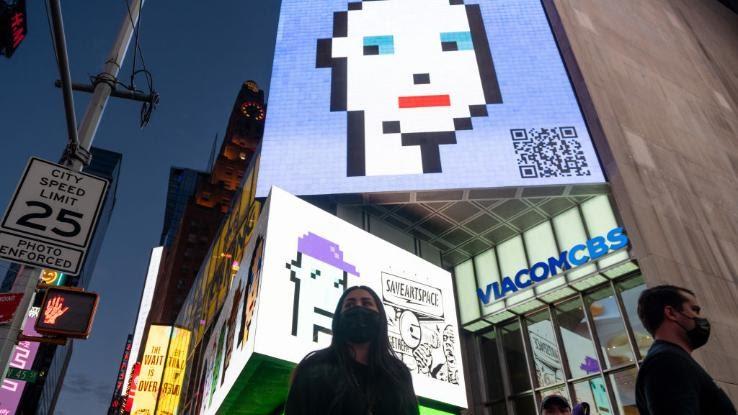
Like the data-mining, blockchains and cryptocurrencies that came before them, NFTs have garnered their fair share of confusion from internet users across the world. But one of the easiest ways to understand what NFTs are is to understand the uniquely digital problems they solve. Since the advent of the internet, it's traditionally been hard to make money off of digital creations of any sort. If you've ever made a meme, you probably know firsthand that, once it hits social media, the odds you'll ever be recognized as its creator essentially vanish as it spreads further and further across Tweets, Instagram stories or Facebook posts without any form of credit to you.
The internet is still in a sort of Wild West phase as far as copyrighting is concerned. The American Bar Association explains that the "rapid evolution" of internet sites and technologies in recent years has "created new possibilities for competitors, brand enthusiasts, unscrupulous entrepreneurs, and even nonhumans to infringe or otherwise violate…intellectual property rights." While copyright laws, which protect intellectual property like artwork, do technically exist, it's hard to count on them being enforced if you're an individual creator. This is due to the simple fact that digital images, gifs, videos and other similar files are so incredibly easy to reproduce — and to transfer to others via the internet, making it difficult to control their spread from person to person once it's begun.
That's where NFTs come in. NFTs allow digital artists to more or less attach a digital trademark to their own work, similar to a traditional artist adding a signature to a painting. That's how the digital work becomes "non-fungible," which means that the original can't be replaced or replicated in a way that leads people to think the replica is the real thing. Through this process of attaching a unique token to the digital file, a piece of digital art becomes much more like traditional art.
While reprints and reproductions of the Mona Lisamay appear on posters, for instance, there's only one authentic original. It's tangible, though — you can visit the Louvre to see the original, physical painting in person — whereas digital art isn't. A piece of digital art needs a digital signature of sorts to distinguish it from a reproduction and certify its authenticity. That's what an NFT does — and that's how people who purchase digital artwork know they're getting ownership over "the real thing."
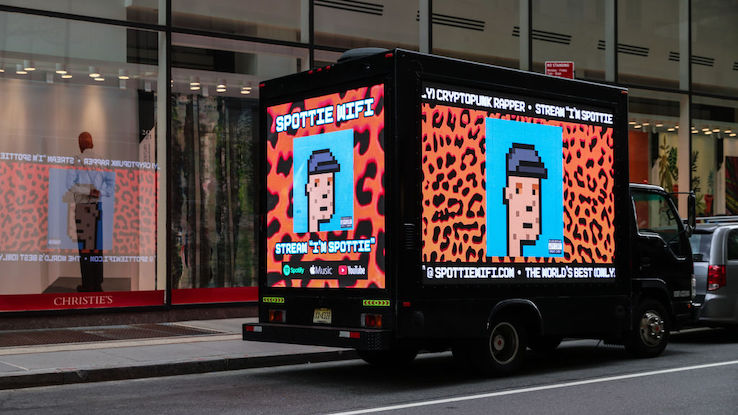
NFTs are made possible by blockchain technology — a trait that they share with cryptocurrency — which is essentially a digital ledger where an online purchase transaction and a unique token that provides proof of ownership (in this case, that's the NFT itself) are recorded. Surprisingly, however, the very technology that's allowing digital artists to monetize their creations has also become a source of climate controversy.
As it turns out, it requires huge amounts of energy and electricity to create NFTs, primarily because of the various systems in place that keep the financial records attached to them secure. Ethereum, the blockchain where most NFT transactions and information are stored, uses about as much electrical energy in one year as the entire country of Peru. And this has deterred some environmentally conscious artists from jumping on the trend.
Chris Precht, an Austrian architect and artist, recently canceled his plans to sell 300 pieces of digital art with NFTs after learning about the environmental implications. "The numbers are just crushing," Precht said on an Instagram IGTV video. "As much as it hurts financially and mentally, I can't." Precht went on to reveal that creating the 300 digital art tokens he had planned to sell would consume as much energy as he would normally use in about two decades.
While some artists and fans claim that the environmental concerns surrounding blockchain technology are being blown out of proportion, others are on the hunt for more eco-friendly options. In Sweden and Norway, for example, some platforms have already begun pioneering the use of hydroelectricity to make blockchain more sustainable. But it remains to be seen whether NFTs will end up with any staying power — and if their environmental impact could be addressed in lasting ways.
Just How Big Are NFTs Getting?
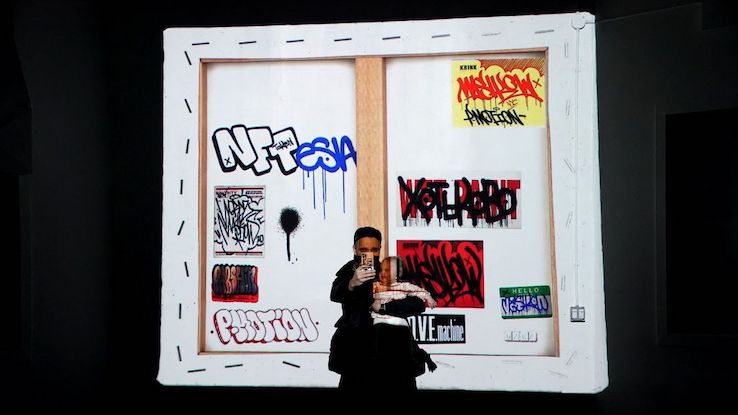
In spite of the ecological concerns, the NFT trend seems to have gone from virtually unheard of to all the rage in a very short period of time. NFTs made huge waves when they burst onto the online stage, generating around $2 billion during the first quarter of 2021.
Among the most famous NFTs ever sold is a piece called Everydays – The First 5000 Days by an artist named Beeple. A composite of 5,000 different images collected over the same number of days, the piece sold for over $69 million at a Christie's auction.
But you don't have to be an artist to hop aboard the NFT train. Twitter CEO Jack Dorsey turned his first-ever tweet into an NFT and ended up netting $2.9 million for its sale. NFTs are also allowing popular meme and gif creators to cash in. Remember Nyan Cat, the pixelated, toaster pastry-bodied feline that was all over YouTube more than a decade ago? Its creator offered it for sale as an NFT and made over $500,000. And Nyan Cat is in good company; "Charlie Bit My Finger" sold for more than $760,000 and is set to leave the video-sharing platform for good once the buyer officially takes ownership.
NFTs have also begun to attract gamers. Some newer games now feature stores where you can buy NFTs of characters and virtual pieces of property. Even celebrities are getting in on the trend; actress Lindsay Lohan has been making headlines by launching her own NFTs.
Are NFTs the Future of Art?
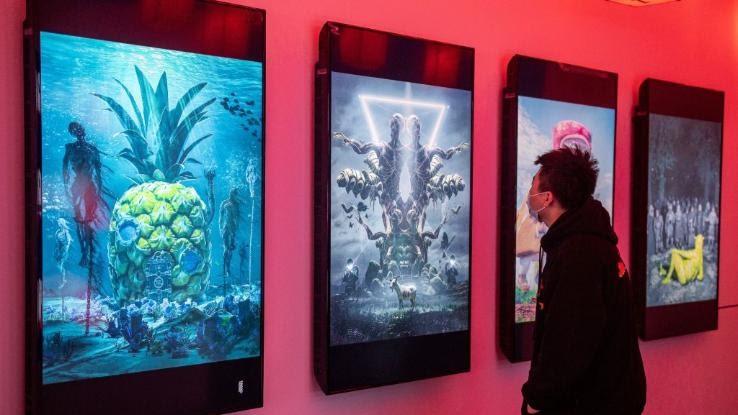
The question of whether or not NFTs are here to stay isn't one we can answer — not yet, at least, in part because they're only just starting to find their niche in our digital cultural consciousness. While their potential longevity remains to be seen, their story is still poised to be an interesting one to watch unfold as copyright lawyers attempt to hash out what the trend may mean for the future of online sharing. Some of the benefits of NFTs are obvious, as they've begun giving digital artists the opportunity to monetize their work in a much more reliable and profitable way than ever before.
Certain types of NFTs even allow artists to retain partial ownership of their work after it's been sold. The result is that they get a share of the profits after each new sale, similar to the way actors are paid royalties each time a TV show that they appeared in airs.
Part of what makes the NFT world captivating to watch, especially from afar, is that it tends to be both fascinating and bizarre all at once. Much like the physical art world, some of the pieces that have been turned into NFTs obviously showcase a great deal of talent from their artists. Other pieces have risen to notoriety simply because they've inspired someone out there to spend an obscene amount of money on something that seems ridiculous to most people.
While some collectors seem overly confident about the future of NFTs (the buyer who purchased Jack Dorsey's original tweet compared it to owning the Mona Lisa), not everyone is so upbeat. Crypto research firm The Block speculates that the NFT bubble's peak may have already come and gone. The firm pointed out that NFT sales began seeing a sharp decline after mid-February of 2021.
The sales drop led some skeptics to wonder whether the NFT bubble was more the result of bored stimulus recipients during the COVID-19 lockdown and less the result of a true shift in the way we might consume art. But whether the bubble bursts or continues to inflate, the rise of the NFT has caught the world's attention. And it's earning many artists a great deal of money — at least for the moment.
MORE FROM ASK.COM
Source: https://www.ask.com/culture/what-are-non-fungible-tokens-nfts?utm_content=params%3Ao%3D740004%26ad%3DdirN%26qo%3DserpIndex
0 Response to "How to Draw Tears Digital Art"
Post a Comment